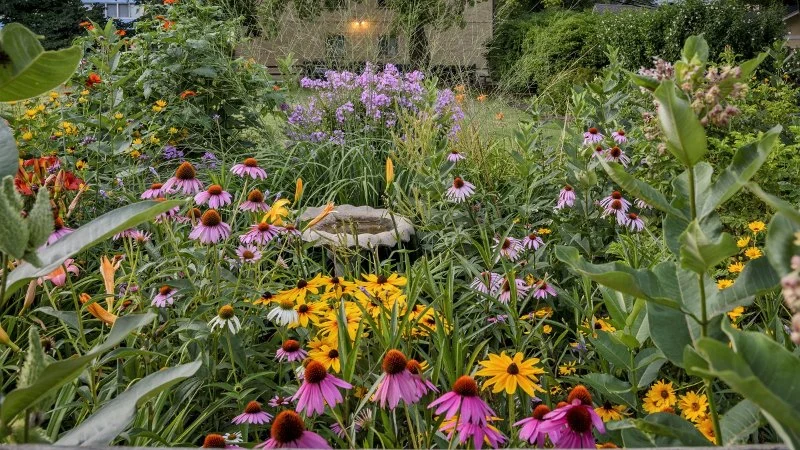
How to Design an Eco-Friendly Landscape Using Native Flora
- 1. Why Choose Native Plants for Your Eco-Friendly Landscape
- 2. The Benefits of Native Flora in Landscaping
- 3. Key Tips for Designing Eco-Friendly Landscapes with Native Plants
- 4. Native Plants to Consider for Your Landscape
- 5. How Beautiful Landscapes Can Help
1. Why Choose Native Plants for Your Eco-Friendly Landscape
Designing an eco-friendly landscape starts with the selection of plants that are well-adapted to the local environment. Native plants are those that naturally grow in a specific region without the need for human intervention. These plants are more resilient to local weather conditions, requiring less water, fewer fertilizers, and pesticides. Using native flora is a great way to promote sustainability and protect the local ecosystem.
Environmental Benefits
Native plants provide valuable habitats for local wildlife, including birds, insects, and pollinators. By choosing native plants, you help support biodiversity and contribute to the balance of your local ecosystem. Additionally, native plants help preserve soil health and prevent erosion, which is essential for maintaining a healthy landscape.
Cost-Effective Landscaping
Because native plants are adapted to the local environment, they require less water and maintenance than non-native species. This can save homeowners time and money on irrigation, fertilization, and pest control. Native plants are also generally more resistant to diseases and pests, reducing the need for harmful chemicals.
2. The Benefits of Native Flora in Landscaping
Native plants offer numerous advantages over non-native species, making them the perfect choice for eco-conscious landscaping. Here are some of the top benefits:
1. Water Conservation
Native plants are well-suited to the local climate, meaning they require less water than non-native species. This is especially important in areas facing water scarcity or drought conditions. By reducing the need for irrigation, native plants help conserve valuable water resources.
2. Low Maintenance
Native plants are adapted to thrive in local soil and weather conditions, which means they typically require less attention once established. This reduces the need for fertilizers, pesticides, and excessive pruning, making them a low-maintenance option for homeowners.
3. Support for Local Wildlife
Native plants provide food and shelter for local wildlife, including pollinators like bees and butterflies. By including native species in your landscape, you're helping support the natural food chain and fostering a healthier environment for all types of wildlife.
4. Soil Health and Erosion Control
Native plants have deep root systems that help improve soil structure and prevent erosion. Their roots bind the soil together, reducing the risk of runoff during heavy rains. This contributes to the overall health of the local ecosystem and protects your property from potential soil erosion damage.
3. Key Tips for Designing Eco-Friendly Landscapes with Native Plants
Designing an eco-friendly landscape with native flora requires thoughtful planning and consideration of your local environment. Here are some tips to help you get started:
1. Research Local Plant Species
Before you start planting, research which native species thrive in your region. Local garden centers or extension services can provide valuable information about the best plants for your area. You can also find native plant lists and resources online or from conservation organizations.
2. Create a Diverse Planting Scheme
Incorporating a variety of native plants in your landscape design will help create a balanced ecosystem. Mix different types of plants, such as grasses, shrubs, perennials, and trees, to support a wide range of wildlife. This diversity will also provide visual interest throughout the year.
3. Plan for Seasonal Interest
Choose plants that offer year-round interest, whether through colorful blooms, interesting textures, or unique seasonal changes. For example, certain native trees and shrubs provide beautiful foliage in the fall, while others offer vibrant flowers in the spring.
4. Minimize Lawn Areas
Traditional lawns often require significant water and maintenance. Instead, consider replacing some of your lawn areas with native ground covers, grasses, or wildflower meadows. These alternatives can provide a beautiful, eco-friendly landscape while reducing your water usage and lawn care efforts.
4. Native Plants to Consider for Your Landscape
Choosing the right native plants for your landscape is key to creating a successful and sustainable design. Here are some popular native plants to consider for your garden:
1. Black-eyed Susan (Rudbeckia hirta)
This perennial wildflower is a favorite for attracting pollinators like bees and butterflies. With bright yellow petals and a dark center, it adds a pop of color to any landscape.
2. Purple Coneflower (Echinacea purpurea)
A beautiful and hardy flower, the purple coneflower is known for its vibrant purple petals and medicinal properties. It's drought-tolerant and attracts butterflies, making it an excellent choice for eco-friendly landscaping.
3. Butterfly Bush (Buddleja davidii)
As the name suggests, butterfly bush is a magnet for butterflies and other pollinators. This shrub offers fragrant flowers and can thrive in a variety of soil types, making it a versatile addition to any landscape.
4. Eastern Redbud (Cercis canadensis)
This small tree offers stunning pink or purple blossoms in the spring and provides year-round beauty with its heart-shaped leaves. It's an excellent choice for small yards or as a specimen tree in a larger landscape.
5. How Beautiful Landscapes Can Help
At Beautiful Landscapes, we specialize in creating eco-friendly landscapes that incorporate native plants to reduce environmental impact and enhance the beauty of your outdoor space. Our expert team can help you design a landscape that supports local wildlife, conserves water, and requires minimal maintenance. Get in touch with us today to learn more about our eco-friendly landscaping services!

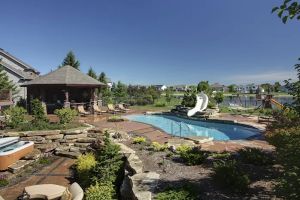
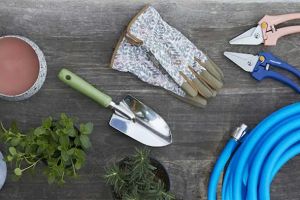
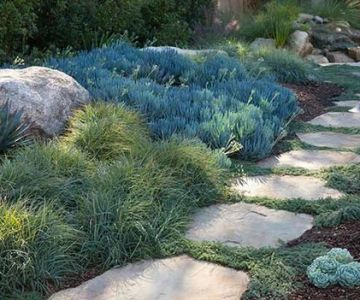
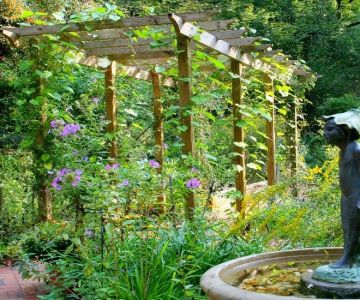
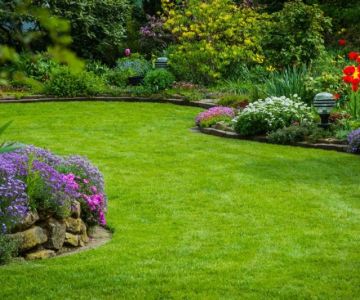


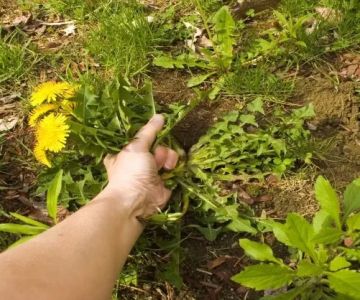
 Iron Hoof Land Management5.0 (2 reviews)
Iron Hoof Land Management5.0 (2 reviews)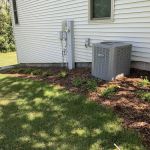 Eco Harmony Landscape & Design4.0 (46 reviews)
Eco Harmony Landscape & Design4.0 (46 reviews)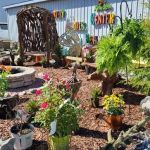 H&S Garden and Landscape Center4.0 (27 reviews)
H&S Garden and Landscape Center4.0 (27 reviews)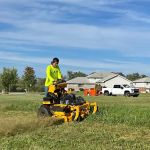 ARLAND LANDSCAPING LLC5.0 (20 reviews)
ARLAND LANDSCAPING LLC5.0 (20 reviews)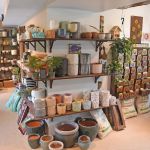 Sanders Creek Company4.0 (107 reviews)
Sanders Creek Company4.0 (107 reviews)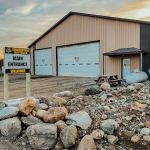 Cornerstone Materials4.0 (41 reviews)
Cornerstone Materials4.0 (41 reviews) How to Create a Landscape That Grows With Your Family
How to Create a Landscape That Grows With Your Family How to Grow a Native Plant Garden with Minimal Care – Expert Tips
How to Grow a Native Plant Garden with Minimal Care – Expert Tips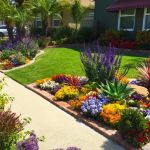 How to Landscape a Front Yard for Maximum Curb Appeal: Expert Tips and Ideas
How to Landscape a Front Yard for Maximum Curb Appeal: Expert Tips and Ideas How to Landscape With Succulents & Xerophytes: A Guide to Beautiful, Low-Maintenance Gardens
How to Landscape With Succulents & Xerophytes: A Guide to Beautiful, Low-Maintenance Gardens How to Incorporate Steps & Elevation Into Design for a Beautiful Outdoor Space
How to Incorporate Steps & Elevation Into Design for a Beautiful Outdoor Space How to Design for Low-Light Outdoor Areas
How to Design for Low-Light Outdoor Areas